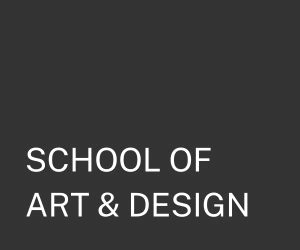The 3rd Kochi-Muziris Biennale: ‘Forming in the pupil of an eye’
/Praneet Soi, Astatic Garden, 2016, installation view, Pepper House, Kochi-Muziris Biennale 2016; image courtesy the Kochi-Muziris Biennale, Kochi
From unassuming beginnings, the Kochi-Muziris Biennale now marks the largest contemporary art exhibition in South Asia, a region booming with biennale-style events (four others were opened concurrently). Now far-reaching in scope and ambitious in scale, the Biennale has made an indelible mark on the Indian port city, and retains some of the distinct characteristics of its conception. And continuing a trend of Mumbai-based male artists hailing from the south-western side of India, Sudarshan Shetty was selected to curate the third edition (which opened in December and runs until 29 March 2017).
Shetty’s approach reflected an artist’s resolve in communicating the fable-derived theme ‘Forming in the pupil of an eye’, and was determined in reaching beyond conventional practices. His interest in language, and specifically poetry was given a privileged place, gestured by the announcement of the first participant, Chilean poet Raúl Zurita. Language and text dominated the exhibition in both ephemeral and documented forms, along with numerous works incorporating sound, music and spoken word. Some captivating sculptural encounters came from Shetty’s Indian peers using the weathered spaces of the former shipping-company buildings. However, many of the largest works took the form of architectural interventions, involving collaborations between artists, architects, performers and communities.
The emotive theme revealed some of the tenets of Shetty’s own artistic interests, and while this added a unique texture, it rendered the experience esoteric and self-reflective at times, limiting what such a wide-ranging exhibition might otherwise attempt. Within the geographical grasp for example, some surprising gaps became discernible. A contingent of Latin American and Eastern European artists appeared alongside a large swathe of emerging and established Indian artists from all across the country, yet Southeast Asian artists were notably absent. From Australia and New Zealand, Khaled Sabsabi and Alex Seton connected poignantly with some of the narratives and practices the exhibition surveyed, while Lisa Reihana’s powerful 1997 video provided a compelling entry into the subject of Indigenous representation, yet this remained unexplored elsewhere.
In only five years Kochi-Muziris Biennale has shown the incredible possibility that new approaches to biennales in this part of the world can create. The rich local history, engagement with community and the allure of memory-imbued old buildings with vistas to the harbour will always give it a unique charm, and it is certain to remain an influential event in the region. However, with a growing number of exhibitions and a diverse range of curatorial expertise developing, it is now one in a dynamic and exciting field in South Asia.
Tarun Nagesh, Kochi



























